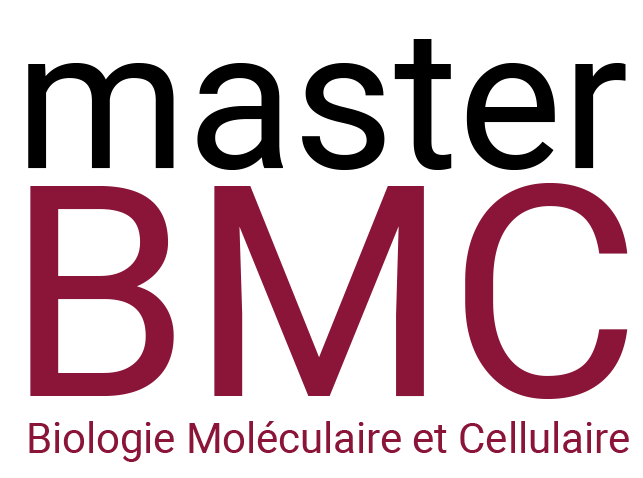SIX homeoproteins and myo-inflammation
Responsable de l’encadrement : Pascal Maire
Tél : …01 44 41 24 13 E-mail: pascal.maire@inserm.fr………………
Institut Cochin
Résumé du Projet de Stage
We have shown that skeletal muscles of adult mice mutant for the Six1 homeogene show an increased expression level of many pro-inflammatory genes. It is known that Six1 dampens NFkB signalling and the response to proinflammatory signals in fibroblasts. SIX homeoproteins interact with several cofactors that may participate in their anti-inflammatory properties.
The overall goal of this project is to better understand the interplay between SIX proteins, their cofactors in the inflammatory state of the myofiber. In cell culture experiments, we will challenge wt and mutant myotubes for compound Six and their cofactors with several agents modifying intracellular inflammation. A kinetic will be established, and qPCR experiments will identify the expression level of SIX, NFkB, STAT and Glucocorticoids targets that mediate inflammatory/anti-inflammatory response. Depending on the results, transient transfection Luciferase assays will be performed in wt and mutant cells to measure the activity of SIX, NFkB, STAT and Glucocorticoids response elements. These results will identify how SIX and their cofactors do synergize to counteract the inflammatory response of myogenic cells. These data should allow to better identify how SIX intervene in vivo in stressed myofibers.
Dernières Publications en lien avec le projet :
-
Wurmser, M*., Madani,R*, Chaverot,N*., et al. 2023. Overlapping functions of SIX homeoproteins during embryonic myogenesis. PLoS Genet. 19(6):e1010781.doi: 10.1371/journal.pgen.1010781.
- Dos Santos,M., et al. 2022. A fast Myh super enhancer dictates adult muscle fiber phenotype through competitive interactions with fast Myh genes. Nat Commun 13, 1039. https://doi.org/10.1038/s41467-022-28666-1
- Dos Santos,M.,et al. 2020. Single-nucleus RNA-seq and FISH identify coordinated transcriptional activity in mammalian myofibers. Nat Commun 11, 5102. https://doi.org/10.1038/s41467-020-18789-8
- Wurmser,M.,et al. 2020. SIX1 and SIX4 homeoproteins regulate PAX7+ progenitor cell properties during fetal epaxial myogenesis. Development. 147(19):dev185975. doi: 10.1242/dev.185975.
- Santolini, M.*,et al. 2016. MyoD reprogramming requires Six1 and Six4 homeoproteins: genome-wide cis-regulatory module analysis. Nucleic Acids Res. 44(18):8621-8640.
-
Sakakibara,I., et al 2014. Six homeoproteins and a linc-RNA cooperate at the fast MYH locus to lock terminal fast myofibre phenotype. PLoS Genet. 10 (5) : e1004386
Ce projet s’inscrit dans la perspective d’une thèse
Ecole Doctorale de rattachement : ED BioSPC
Equipe d’Accueil : Neuromuscular Development, Genetics and Physiopathology
Intitulé de l’Unité : I.Cochin. INSERM U1016. CNRS UMR 8104.UPC
Nom du Responsable de l’Unité : Florence Niedergang
Nom du Responsable de l’Équipe : Pascal Maire
Adresse : I.Cochin. 24 rue du Fg St Jacques. 75014. Paris

